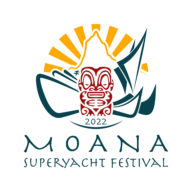Festival Schedule
What’s On?
Moana Soirée: June 30th, 2022
Venue: InterContinental Resort Tahiti, PK7, Fa’a’ā 98702, French Polynesia
Cocktail and canapés get together for local & international superyacht stakeholders and tourism representatives to meet superyacht owners, captains and crew members, share ideas, get to know one another, and promote future social media networking.
Moana Superyacht Festival: July 1st, 2022
Venue: Marina Taina PK9, Puna’auia 98738, French Polynesia
Creating a deep understanding of Tahitian Culture, and the Polynesian Identity; feeling the Mana.
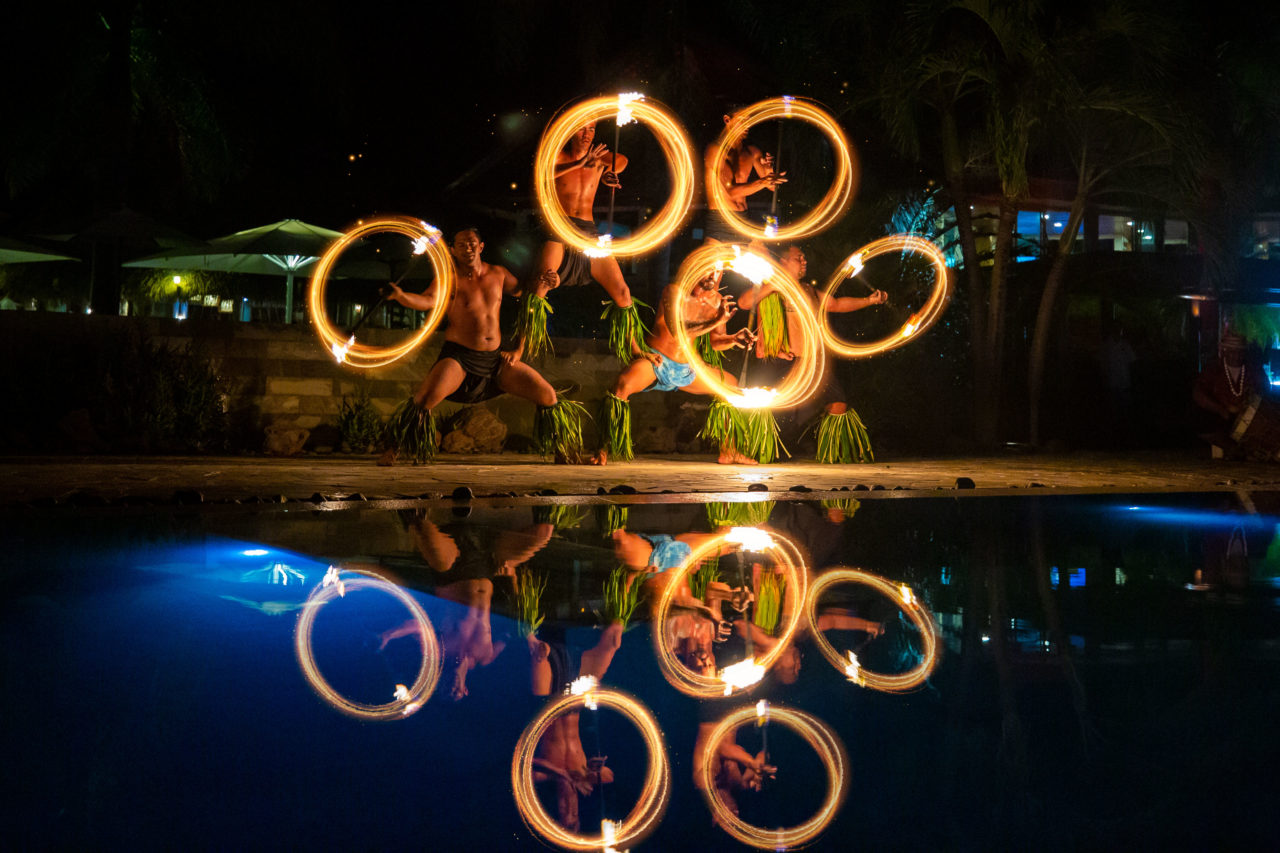
Ori Tahiti
“Ori Tahiti” means in Tahitian dance; “Ori » and « tahiti », tahitian.
Who hasn’t been lured by the Tahitian beats or the sublime beauty that emanates from each move…? It’s more sacral than we may think, the dancers erect them from the power of the ground and from the ground they find the energy that will comute them with the beat given by the local band. The band action a precise beat, sound that will determine the type of song which is divided into 5 different theme: ’ōte’a, ’aparima, hivināu, pā’ō’ā et pāta’uta’u.
Dancing is vital corposant of the Polynesian culture and the word “ori” is among the first words so it suggests dancing also age of 3,000 years.
There is a dissociation between the heaps and the upper body. The heaps movement is actioned by your feet and propulse back to another pulsion each time it reaches the hips. The torso needs to remain still, making sure the connection with the music and the ground is still and feeding the story of the song. Each song is a spectacle and I remember the teacher telling me you know, you dance well when your crow understands the story you are unveiling. And if you have a foreign crow and they understand the cultural interpretation behind your performance, you know you made one with all.”
The local instruments, the Toere, are the rhythm counter and lead the march for the dancers. The gestures are part of specifics movement of the legends, myth and customs which somehow comforts each Tahitian to root of their culture DNA and the it’s Universe. When you truly want to immerse with the Ori Tahiti, and surrender with all its tradition, it does transport you towards the different stage, sacred ceremony and culture which beats the heart of the culture. And once you taste, you are bugged, and it takes just one calling beat to make you march again.
It’s a gathering, chanting, dancing, praising the Tahitians cultures, a way for the Polynesians to truly embodied the different element which form the power of their cultures. But when you look at it, it’s a troop march, the leader calls up the troop which are divided in rank. The performance is a pure embodiment of their culture and a sign of gratitude to their Gods.
The Tahitian government praise pride over the preservation of this wonderful culture which englobe so much signification with the act of doing the ORI. The Te Fare Upa Rau, the Tahitian conservatory of Polynesian art, ensure all cultural aspect of this authentic people, can be relate and transmitted.
The main Tahitian moves are :
• Tā’iri tāmau
• Tā’iri toma
• Fa’arapu
• ‘Afata
• ’Amaha
• Fa’ahe’e
• Fa’arori (fa’a’ohu)
• Fa’arūrū
• Ha’amenemene
• Haere tīfene
• Horo
• Ope
• ’Ori ’ōpū
• ’Ōtamu
• Tua-ne’e
• Tūmami (’ami/’ami’ami/fa’a’ami’ami)
• ’Uī
• Varu
The Ori brought so much infatuation internationally, that you have dancers from around the world, taking few months in Tahiti just in the search of learning the core story of this beautiful dance.
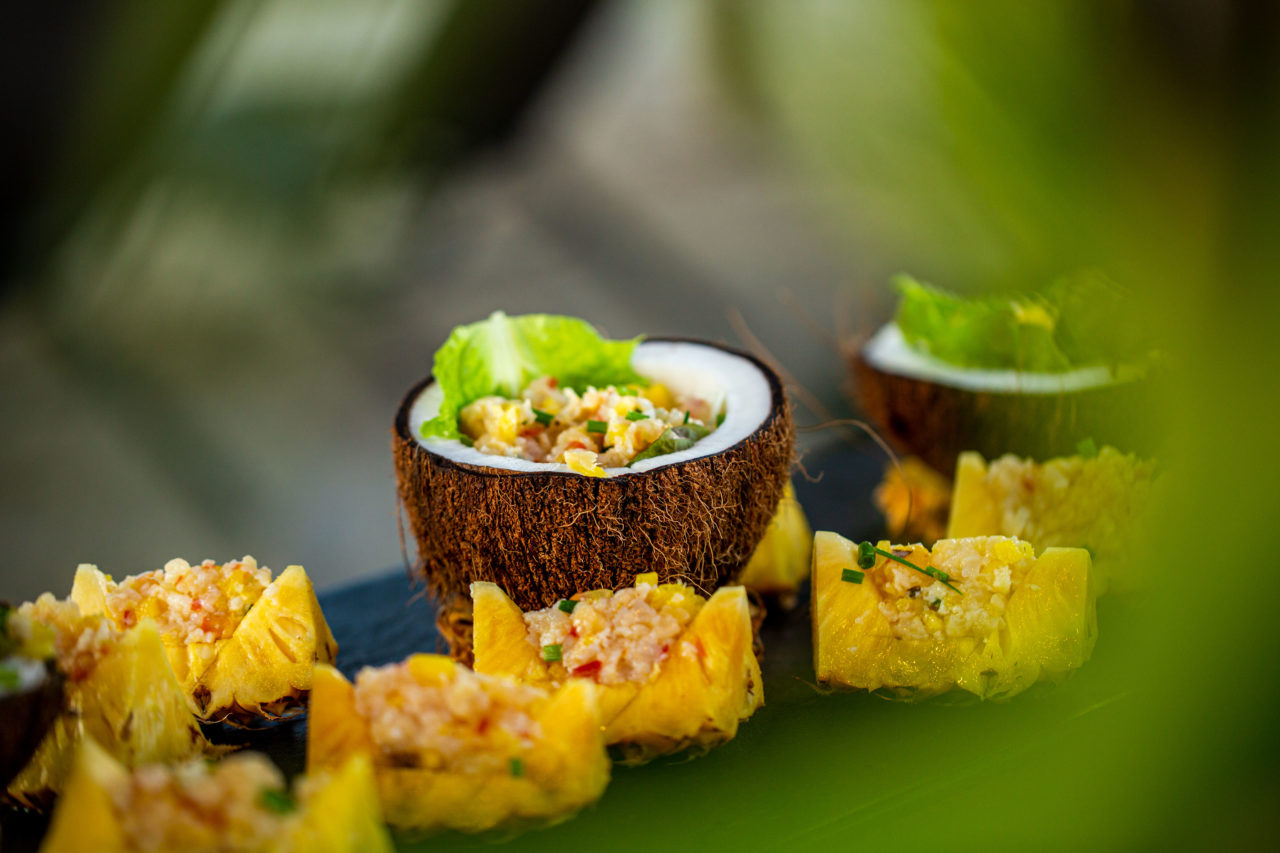
Ma’a Tahiti
You wouldn’t be surprise to discover that Tahitian have so much more than the international renown poisson cru. Food is call Ma’a and Tama is eating. Most commonly the “Bon appétit” is translate to “Tama’a Maitai“ all over the island. Food holds a pivotal position within the Polynesian culture and could be also look up as the center gathering of everyone. It’s a religion, you need to understand that Sunday is solely dedicated to food gathering. The most traditional dish is the “Ahi Ma’a” the Ahi meaning fire and Ma’a meaning food. This dish is prepared on Saturday, using local ingredient, such as the sweet potatoes, taros, uru (breadfruits), tapioca all soaked in fresh squished coconut milk accompanied with fish, or a meat. Aside from that, there is the famous Pua’a roti (roasted pork), followed by the firi firi (fried local donught). Ahima’a is a Tahitian dish and also the name of the oven in which it is prepared – a hole dug in the ground for cooking the meal. Volcanic stones are placed at the bottom of the hole, while a layer of wood and coconut husks is placed on top of them.
Once the wood has burned, the heated stones are covered with green branches and a bed of green banana leaves. Pork and chicken meat are seasoned, lightly basted with oil and placed on the leaves, together with ingredients such as bananas, breadfruit, fish, and vegetables, all individually wrapped in leaves.
The opening of Ahima’a is quite a ceremony among the Tahitians, and it is surprising to find that all the ingredients retain their particular aromas and flavors despite having been cooked together in the same oven. Traditionally, Ahima’a is prepared on Saturday and served the next day after church or temple outings.
Aside from that, if we had to pick a vegetable to represent Tahiti, it will be the Uru, the breadfruits. When Cooks first visited Tahiti, the biologist he had with him, study the phenomenal pedigree of the plant and he returned a second time to bring 1,000 plants to the west indies because it was easy to plant, grow, demanding very limited care and it could feed a lot of people. It carries all the needed nutriment to fill up several human just with one breadfruits. There are currently 48 species of Uru, identify in Tahiti. A thesis was event done, presenting the Uru as the answer to solve world hunger. Long live to the Uru!
The various cultures who migrated to Tahiti holds are a central part of the food, so you will have a strong Chinese and French influence.
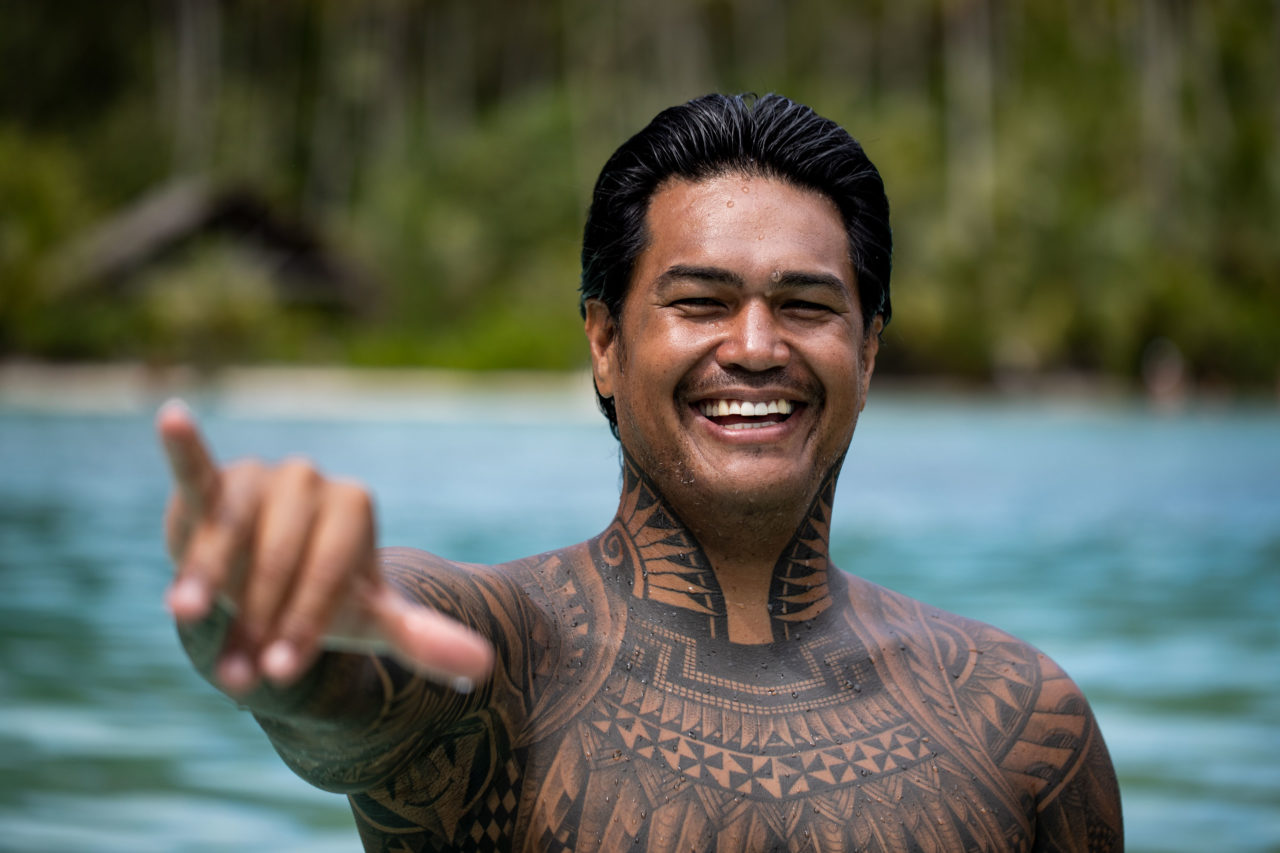
Navigators
The Va’a means canoe in Tahitian. The famous Polynesian Outrigger Canoe is the ultimate traditional Polynesian sport or shall honestly attest that it’s part of the of the Polynesian DNA. It’s literally worship when you look on the intensity of the effervescences it can spread throughout each island within a group of people from all age.
It’s a national sport, with yearly ranking. I would class it like soccer, where you have league 1, league 2 and 3. The competitors of each league, are rowing, professionally and before you can imagine it’s a full-time job! The one rowing for the league one, are commonly full-time paid rower from the sponsors, but the other leagues, are vigorous rowers who beside their profession, put an effortless amount of time and energy into this passion.
When I do observe them, it’s like a family community for some, some long for this to truly connect back to their roots, their ancestors to remain enrooted in the turmoil of the constant changing world we are currently experiencing.
Rowing, whether you are alone, or not in the canoe or followed by a team member or several, you row, to catch the rhythm of multiples movements. The movement of the rowing, withing the body, the bond of the body with the canoe, the canoe to the ocean, the ocean to the whole earth, that’s the thrill you can bear when you see the rowers taking place into their canoe, that’s the goal there are trying to reach.
A lot of races are occurring monthly, at time combining males and females. Most of the time it’s either a solely female or male team. They reunite at the beach for the start of the race, with their team uniforms, and always a touch from their ancestors, by either wearing a headband from locals leaves, a little prayer is made by many, asking the gods and the mana to be with them, invoking their inner force to unleash itself for the race.
Once of the water, the whole energy is quite pulling, they all row for the destination, whether they will be among the first or last, it’s all about making it to the destination as one, one team with everything.
The annual event, which gathers rowers from all over the world is the Hawaiki n’ui uniting hundreds of teams from all over the world, looking for this yearly event to come and be part of something bigger than oneself, to connect with the Mana, and the amazing Polynesian event flavor.
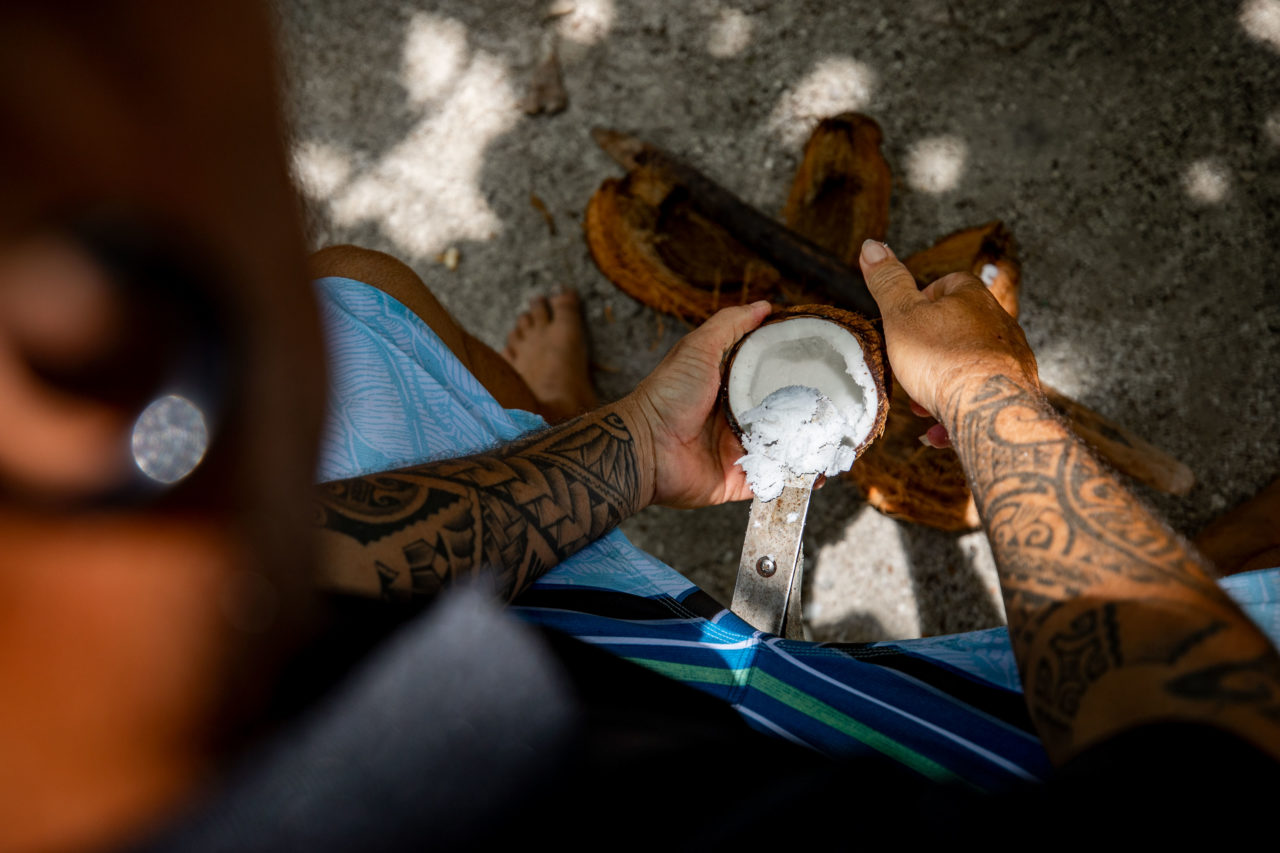
Workshops
Join hands-on workshops and explore traditional Tahitian crafts like Flower Leis, Tahitian dance, Tapa, drumming, tattooing, Taurumi Massage, Va’a Canoes and more. Listen as our treasured legends come to life through the words of master story tellers.

